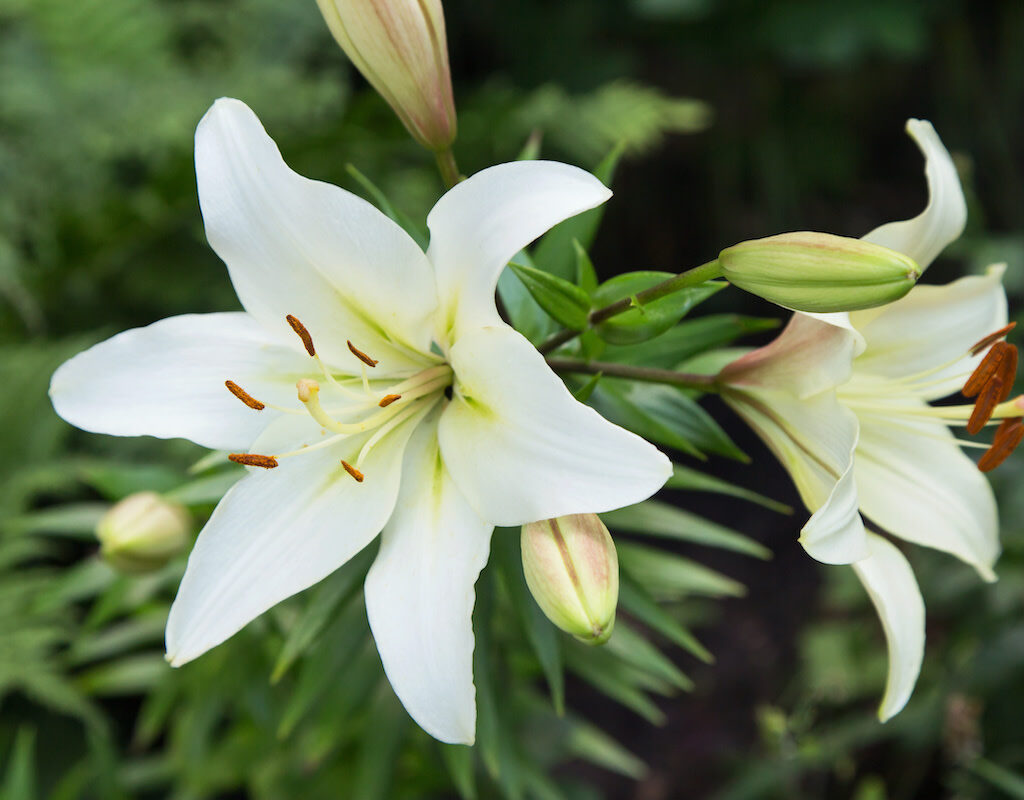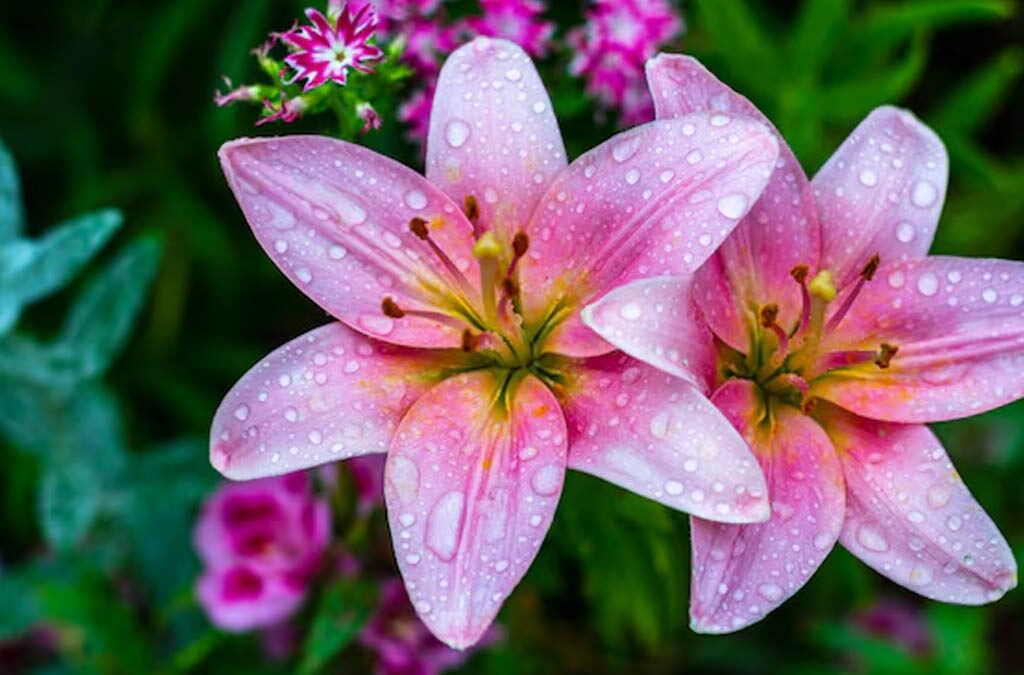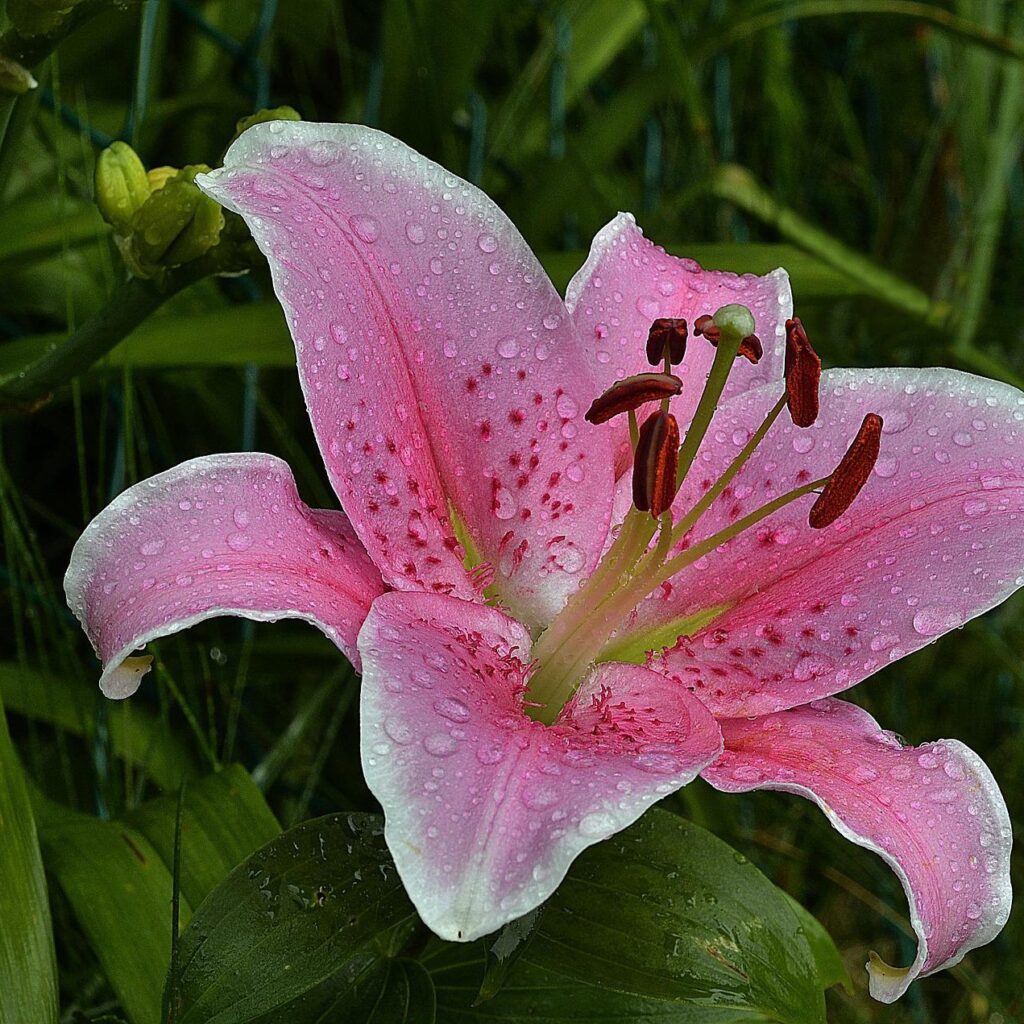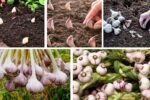Lilies — with their elegant trumpet-shaped blooms and rich symbolism — have captivated human hearts for centuries. These beautiful flowers, known for representing purity, devotion, and renewal, are staples in gardens, weddings, and religious ceremonies worldwide. But beyond their beauty lies a massive floriculture industry, where countries vie for dominance in lily production.
So, which country is the largest lily producer in the world?
In this detailed article, we’ll uncover the global leader in lily cultivation, explore what makes this nation ideal for growing lilies, and look at how this elegant flower contributes to international trade, culture, and horticulture.
A Brief History of Lilies

Lilies (Lilium spp.) are native to the temperate regions of the Northern Hemisphere, particularly in Europe, Asia, and North America. The flower’s popularity can be traced back to ancient civilizations:
- Greeks and Romans admired lilies as symbols of purity.
- In China and Japan, lilies were prized for their beauty and medicinal value.
- Christian traditions later associated lilies with the Virgin Mary, making them sacred symbols of innocence.
With hundreds of species and hybrids — such as Asiatic, Oriental, Longiflorum, and Trumpet lilies — these flowers have evolved into one of the most commercially significant ornamental crops.
Which Country Is the Largest Lily Producer in the World?
Without question, the Netherlands holds the title of the largest lily producer in the world.
Key Facts:
- The Netherlands produces approximately 77% of the global lily bulb supply.
- It harvests over 2.2 billion lily bulbs annually.
- Around 420 million cut lilies are produced within the country each year.
- The Netherlands accounts for over 60% of the global lily bulb trade and exports extensively to Europe, the United States, Asia, and beyond.
No other country matches the scale, expertise, or export infrastructure of the Dutch lily industry.
Why the Netherlands Dominates Lily Production
Several unique factors enable the Netherlands to lead the world in lily cultivation:
Ideal Climate and Soil
The country’s cool, temperate maritime climate and fertile, well-draining sandy soils are perfect for lily farming. Key regions like Bollenstreek (Bulb Region), Noordoostpolder, Drenthe, and Limburg are famous for their bulb fields, where lilies flourish in optimal growing conditions.
Rich Horticultural Heritage
The Netherlands has a centuries-old floriculture tradition. Dutch growers have mastered the art and science of bulb cultivation, from soil preparation and disease management to hybrid breeding and precision harvesting.
State-of-the-Art Agricultural Technology
Dutch flower farms utilize cutting-edge machinery, automated greenhouse systems, and precision irrigation to maximize yield and quality. This technology ensures consistent, large-scale production while meeting the exacting standards of international markets.
Robust Export and Trade Network
The Netherlands boasts the world’s largest flower auction — Royal FloraHolland — which handles billions of cut flowers and bulbs annually. Dutch exporters maintain a global logistics network, making the country a critical hub for international lily trade.
Continuous Innovation in Breeding
Dutch breeders lead the world in developing new lily varieties, focusing on traits like disease resistance, extended vase life, richer colors, and unique shapes. Popular Dutch lily varieties dominate markets in Asia, Europe, and North America.
Major Lily-Producing Regions in the Netherlands

Bollenstreek (Bulb Region)
Located between Haarlem and Leiden, this iconic flower-growing area is famed for its springtime flower fields, featuring not only tulips but also vast stretches of lilies.
Noordoostpolder
Known for its expansive, mechanized flower fields, this area produces a large share of Dutch lily bulbs for export.
Limburg and Drenthe
These southern and northeastern provinces provide excellent growing conditions for Longiflorum and Asiatic lily varieties.
Other Key Lily-Producing Countries
While the Netherlands is the undisputed leader, several countries contribute significantly to global lily production:
| Country | Approximate Lily Production | Notes |
|---|---|---|
| Netherlands | 2.2+ billion bulbs, 420+ million cut flowers | Largest global producer |
| France | Significant lily bulb farming in Brittany and Normandy | Major European supplier |
| Japan | Strong domestic market for cut lilies | Leading consumer in Asia |
| United States | California, Oregon, and Washington produce lilies for local markets | Limited export |
| New Zealand | Supplies off-season bulbs and flowers to Europe | Counter-seasonal production |
| Chile | Important supplier of lilies to North American markets | Especially in winter |
While these nations have substantial lily farms, none approach the Netherlands’ sheer scale or international influence.
How Lilies Are Cultivated and Traded

Cultivation
- Planting: Lily bulbs are typically planted in autumn.
- Growth: Plants grow through the winter and bloom in late spring or summer.
- Harvesting: Bulbs are carefully lifted in late summer or autumn, sorted by size and quality.
- Cut Flowers: Harvested when the buds show color, ensuring optimal vase life for international markets.
Export and Trade
- Royal FloraHolland, the world’s largest flower auction in Aalsmeer, handles the bulk of the Netherlands’ lily trade.
- Flowers and bulbs are shipped via air cargo and refrigerated transport to Europe, Asia, and the Americas.
- Major markets include the United States, Germany, Japan, China, France, and the United Kingdom.
Uses and Economic Significance of Lilies
Ornamental Use
Lilies are favorites for:
- Weddings
- Funeral arrangements
- Religious ceremonies
- Home décor
- Public and private gardens
Pharmaceutical Applications
Some species, like Madonna lilies and Tiger lilies, are studied for their medicinal properties, including anti-inflammatory and antimicrobial effects.
Economic Impact
The lily industry contributes hundreds of millions of euros to the Dutch economy annually and supports thousands of horticultural jobs.
Challenges Facing Lily Production

Climate Change
Unpredictable weather patterns and rising temperatures can impact lily bulb growth and flowering schedules.
Pest and Disease Pressure
Lilies are vulnerable to pests like aphids, thrips, and Botrytis fungal diseases, requiring diligent crop management and biosecurity measures.
Labor Shortages
Harvesting bulbs and cut flowers remains labor-intensive, and seasonal labor shortages occasionally challenge growers.
The Future of Lily Cultivation
- Sustainability Initiatives: Dutch farms are adopting eco-friendly practices, such as reducing chemical use, improving water management, and promoting biodiversity.
- Breeding Innovations: Continued development of disease-resistant and climate-resilient lily varieties is a top priority.
- Expanding Markets: Demand for lilies is growing in Asia, the Middle East, and South America, providing new opportunities for global exports.
Conclusion

Which country is the largest lily producer in the world?
The answer is clear: the Netherlands.
With its perfect growing conditions, advanced agricultural technology, rich horticultural heritage, and powerful international trade networks, the Netherlands produces over 2.2 billion lily bulbs annually, dominating both the global bulb trade and cut flower markets.
From the iconic fields of Bollenstreek to the bustling auctions at Royal FloraHolland, Dutch lilies continue to capture hearts worldwide. As floriculture evolves, the Netherlands remains firmly planted at the center of the global lily industry, ensuring these elegant blooms brighten homes, gardens, and celebrations across the globe.





